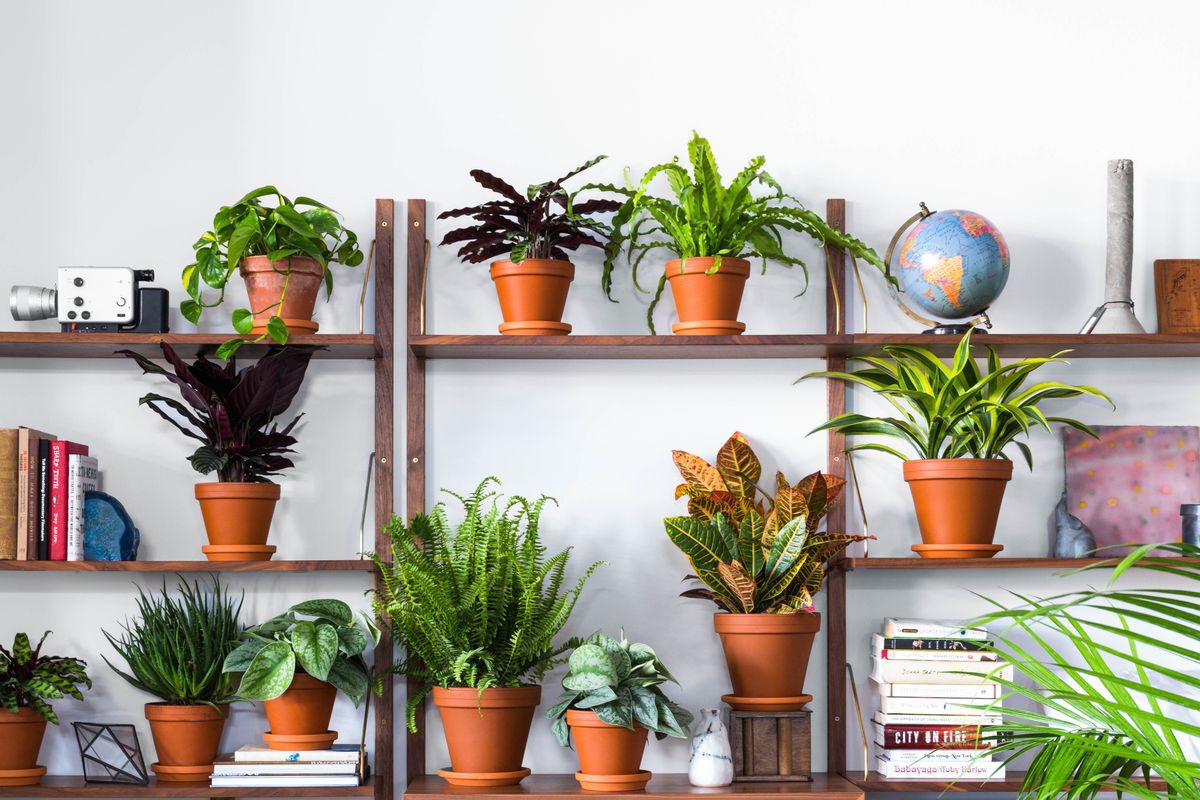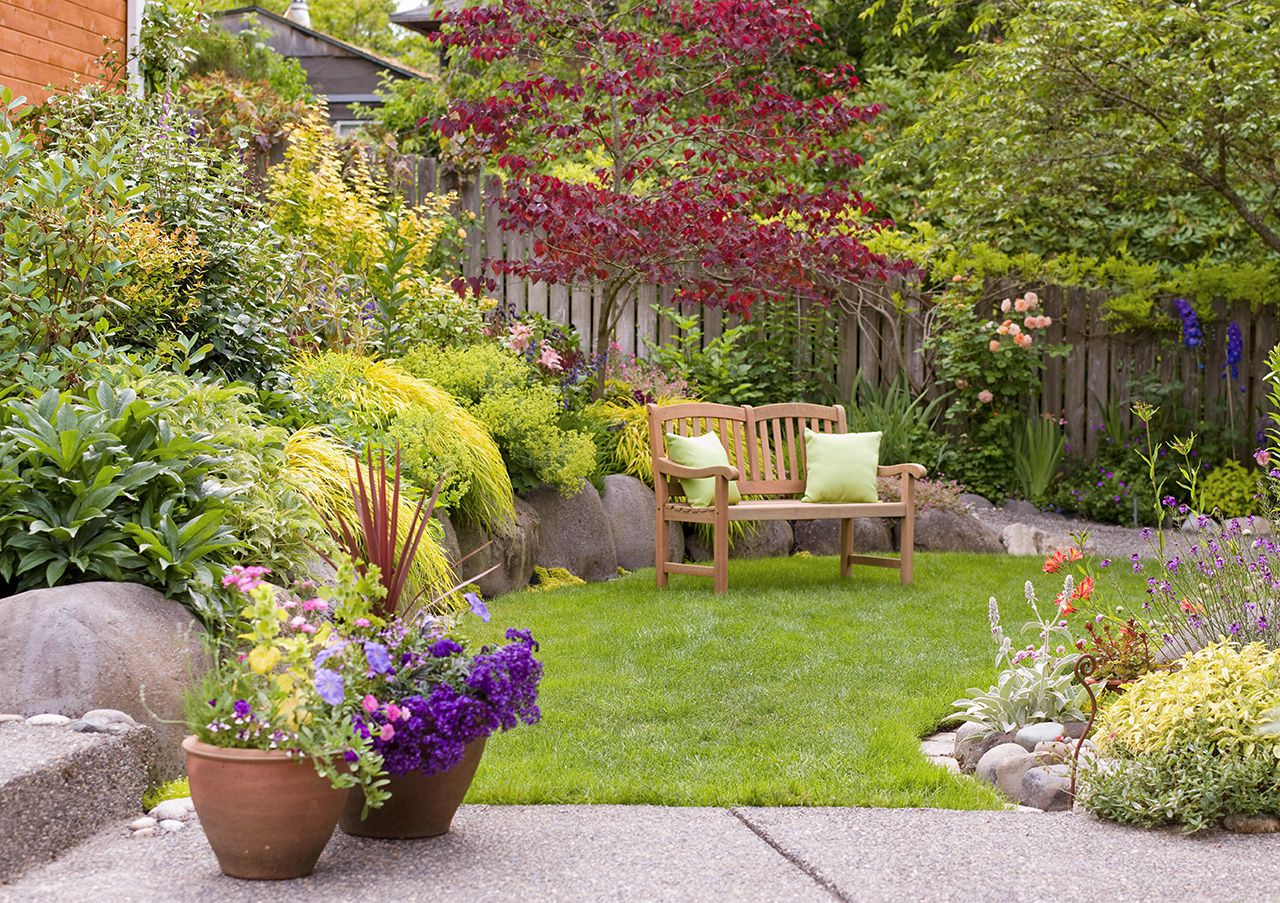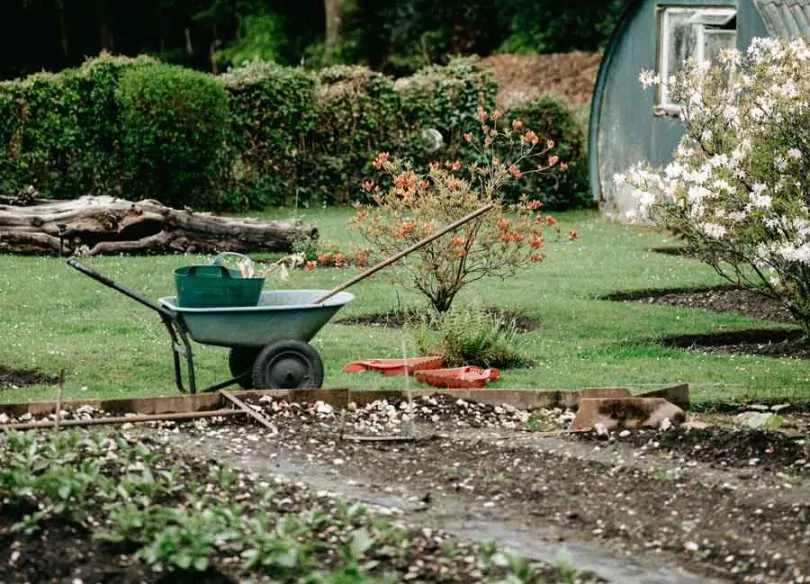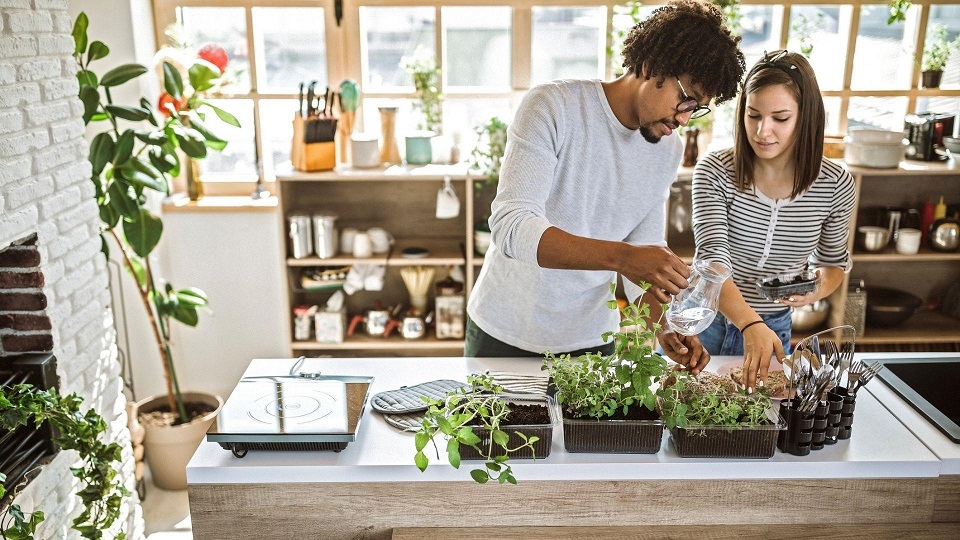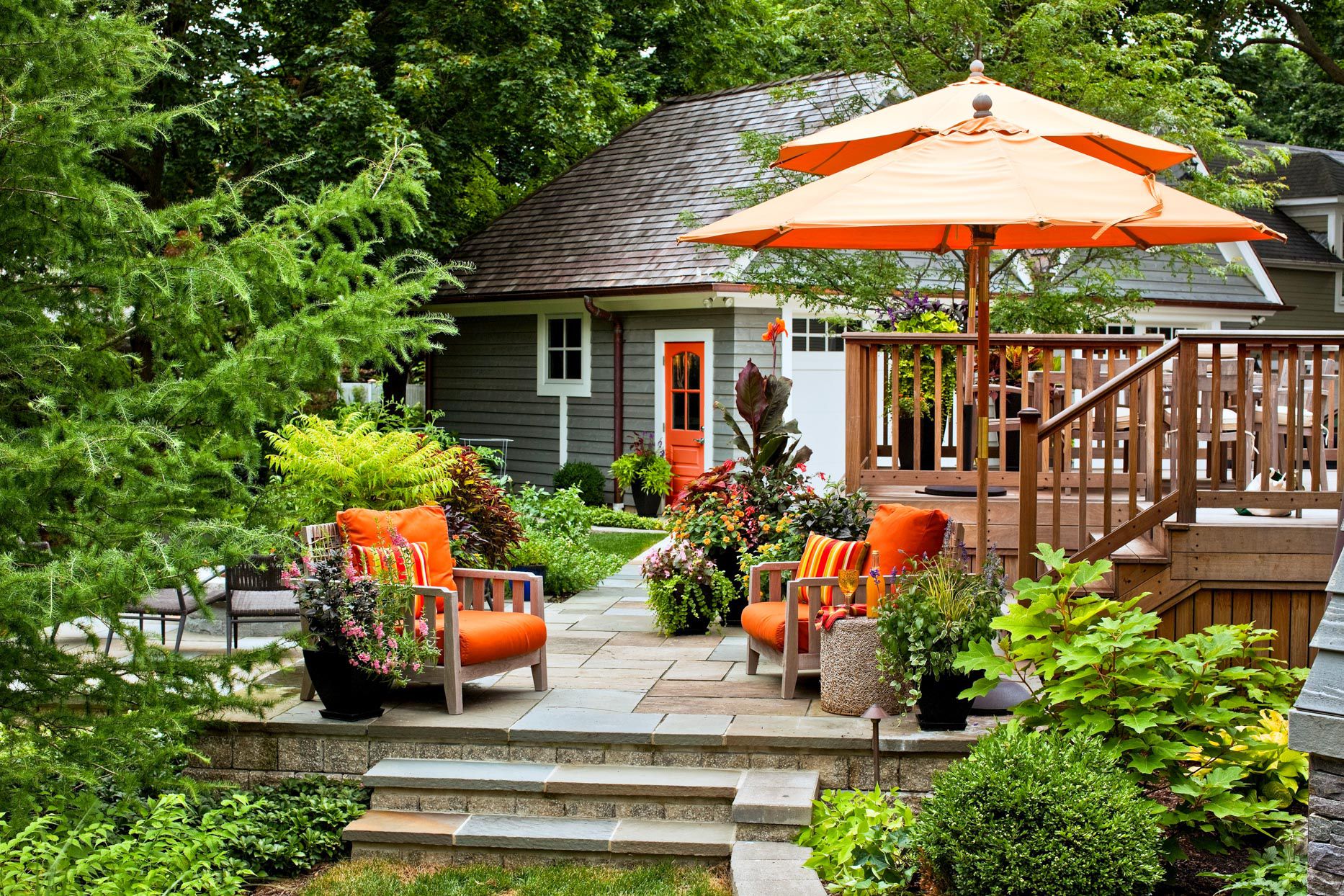Watering Techniques for Healthy and Thriving Plants
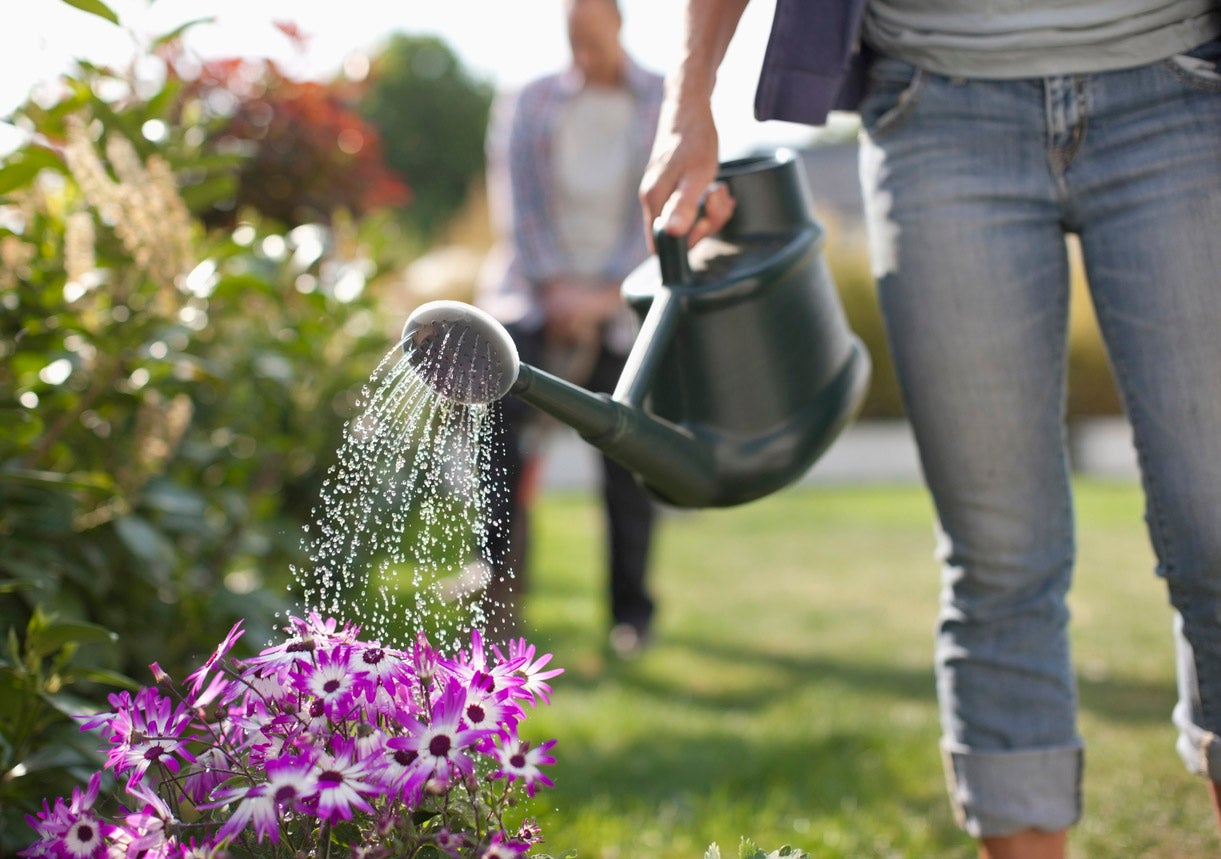
Anúncios
Water is absolutely necessary for the survival and good health of all plants. It doesn’t matter if you grow potted plants indoors, outdoors in your garden or on your patio. The key to a thriving garden is a good watering routine. Understanding the specific water needs of your plants and implementing watering routines that are as efficient as possible will help you cultivate an environment conducive to green plant growth.
1. Understand Your Plant’s Water Needs
Note the Following Plant Characteristics:
Pay close attention to plant characteristics, such as leaf size, texture and color, to determine if the plant is experiencing water stress or absorbing excess water.
Anúncios
Researching the Specific Needs of the Plant:
The amount of water needed for a particular plant species can vary greatly. Do some research on each plant’s individual needs so you can adjust your watering methods accordingly.
Consider Environmental Factors:
The amount of water a plant needs is affected by several environmental factors, such as temperature, humidity and the amount of sunlight it receives. Make any necessary adjustments to your watering regimen.
Anúncios
2. The Basic Principle of Watering
Water at the Right Time of Day:
It is best to water the plants in the morning or late afternoon to reduce the amount of water lost through evaporation and to give the leaves time to dry before nightfall.
Use Quality Watering Tools:
Water can be applied directly to the root zone using a watering can, a hose with an adjustable spout, or any other suitable irrigation device.
The Root Zone needs Water:
Your efforts should focus on watering the root zone, as that’s where the plant’s roots absorb water most efficiently.
3. Watering Methods Suitable for Different Plants
Plants with Shallow Root Systems:
Shallow-rooted plants such as lettuce and annual flowers need more frequent, shallower watering to keep moisture stable in the root zone.
Deep-Rooted Plants:
The practice of deep and infrequent watering is beneficial for plants with deep root systems, such as trees and shrubs, as it helps these plants’ roots grow deeper into the soil.
Container Factory:
Plants grown in containers generally need more frequent watering than plants grown in a garden because of the smaller volume of soil in containers.
Plants that can Survive Dry Conditions:
Once established, drought-resistant plants don’t need to be watered as often and can thrive with minimal irrigation.
4. Watering Methods To Reduce Waste
Irrigation Methods Using Drip Irrigation:
Installing a drip irrigation system provides an even, precise watering delivered directly to the root zone, reducing the amount of water lost through evaporation.
Soak Hose:
Using a soaker hose, water can be applied directly to the soil surface, which helps prevent water loss through evaporation and ensures even distribution of moisture.
Self Watering Pots:
Self-watering pots have built-in water reservoirs, so they can give plants exactly the amount of moisture they need at any time.
5. Signs Of Too Much Water And Lack Of Water
Indicators of Overwatering:
Signs of overwatering include yellowing leaves, wilting even when the soil is moist, and mold or mildew growth.
Indicators of Underwatering:
When the plant is underwatered, the leaves shrivel, become dry and brittle, and the soil pulls away from the edges of the container.
6. Adjust Water Consumption:
Weather Change:
Adjust the frequency of watering based on seasonal and temperature changes.
Plant Development Stage:
Different stages of plant growth, such as active growth versus hibernation, may require different amounts of water.
7. Consistency Of Watering
Make a Schedule:
To make sure your plants get the right amount of water on a regular basis, create a watering schedule that takes into account your plant’s needs and environmental conditions.
Keep a Consistent Amount and Frequency:
Healthy plants grow best by keeping an eye on how much and how often you water.
Conclusion:
To keep plants healthy and vital, it is indeed necessary to water them correctly. You can start by understanding your plants’ water needs, then implement effective watering practices, and finally adjust watering frequency as needed to create an atmosphere for plants to grow and bring beauty and vitality to your home or garden.
FAQs:
1. How often should I water my houseplants?
The frequency of watering indoor plants depends on the plant species, container size and environmental conditions. Check the soil moisture regularly and water when the top inches feel dry.
2. Can I water my plants with rainwater?
Yes, rainwater is an excellent choice for watering plants as it is chlorine free and provides natural nutrition.
3. Is it better to water in the morning or evening?
Early morning watering is generally recommended as it allows the plants to absorb water before the heat of the day sets in and minimizes the risk of fungal disease.
4. How do I prevent my plants from getting too much water?
Ensure good drainage in containers and garden beds and check soil moisture before watering to avoid overwatering.
5. Can I use a sprinkler to water my plants?
While sprinklers are useful for larger gardens, they may not provide accurate root zone watering. Drip or soaker hoses are more efficient options for delivering water directly to the roots of your plants.
